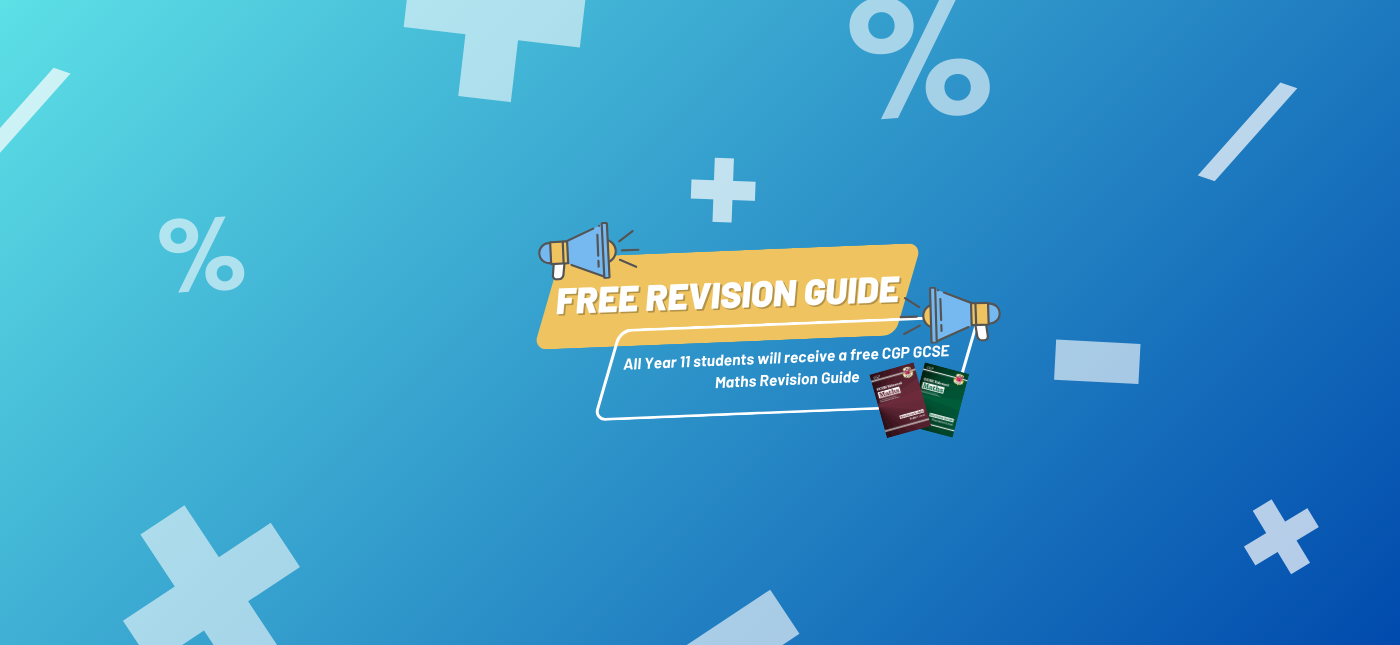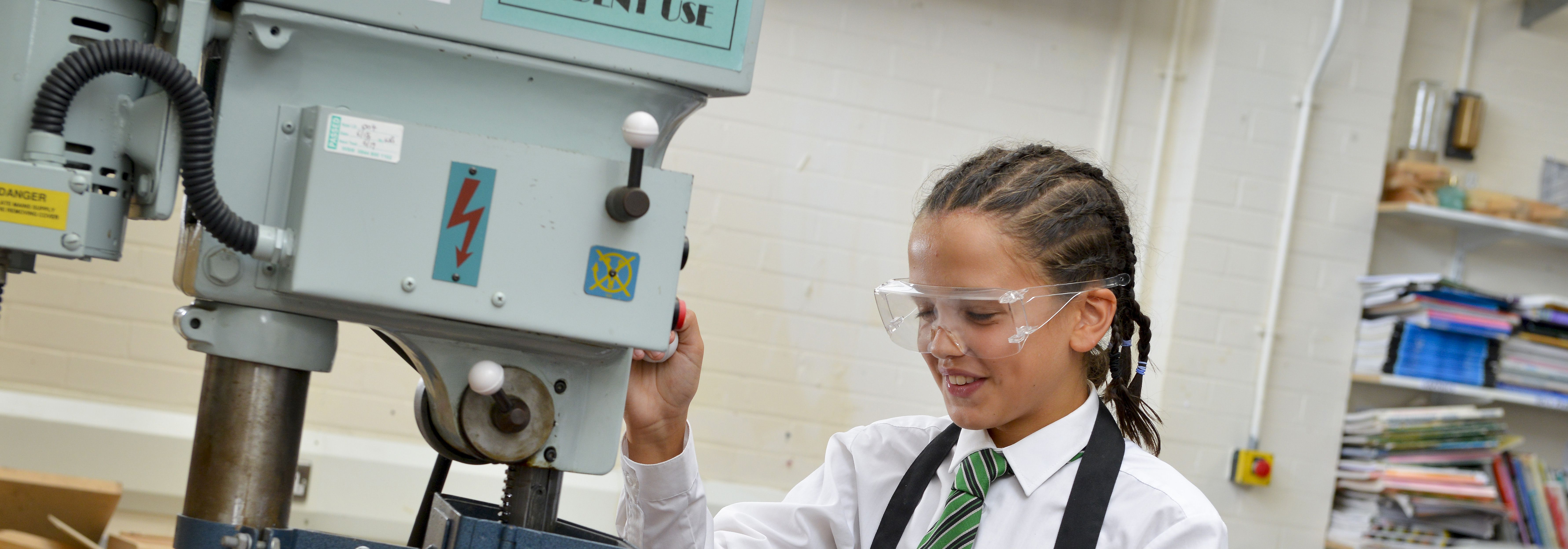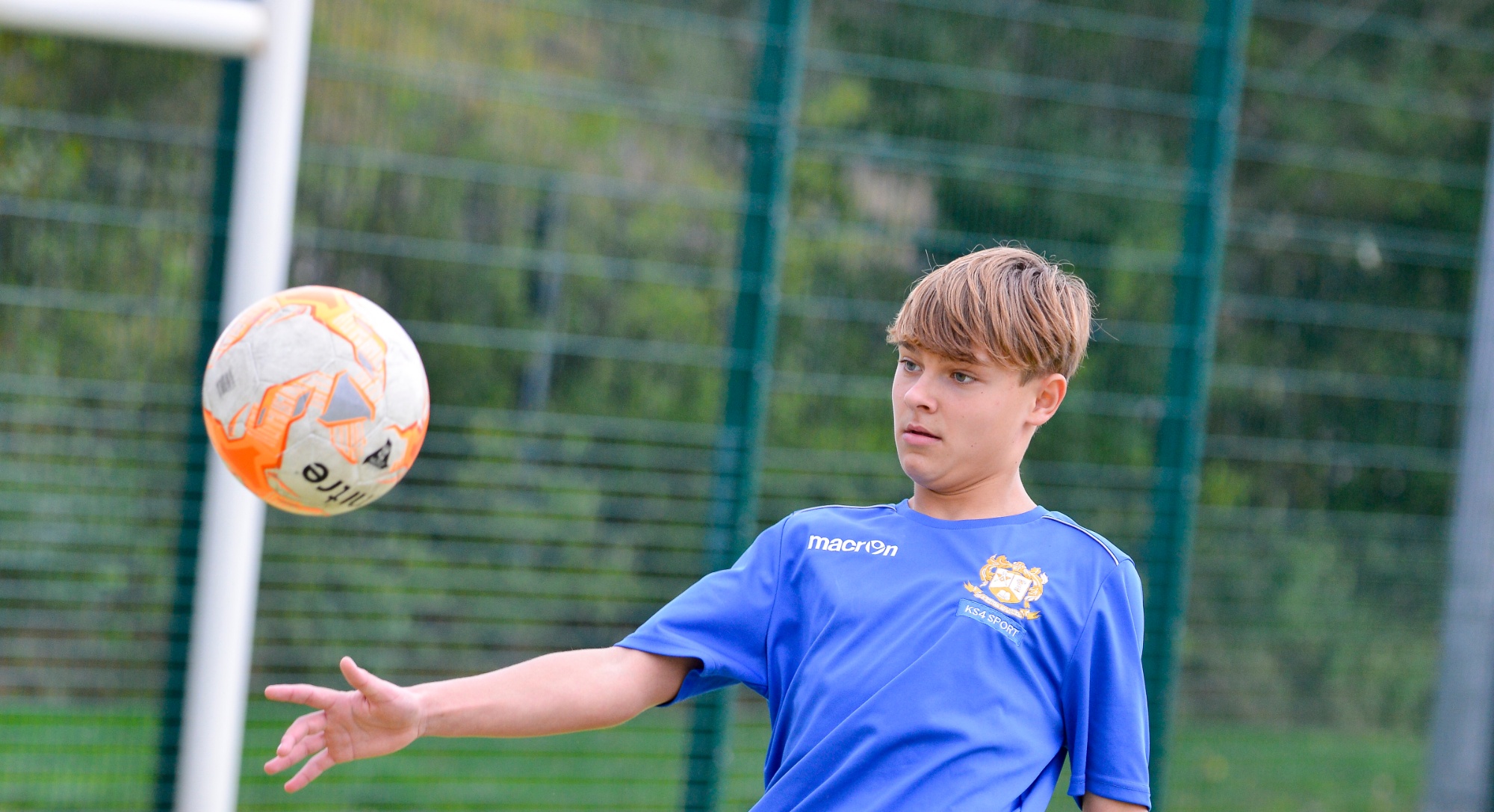The Knowledge and Skills overviews show the specific computer science content students will learn in each unit of study throughout the year. These documents outline both the substantive knowledge (programming concepts, hardware systems, and computational theory) and the disciplinary skills (coding techniques, algorithmic thinking, and digital problem-solving) that students will develop. Each unit is broken down to clearly identify what students need to know and what they should be able to do upon completion. Through the systematic development of both knowledge and skills, students build digital literacy, logical reasoning capabilities, and creative computing approaches appropriate to their stage of learning.
Select a unit to find out more...
Esafety
| Unit Progress Criteria |
| Knowledge |
Skills |
- What online relationships are
- Signs of healthy and unhealthy behaviours in online relationships
- What consent is and when it can be safely given
- the negative and positive feelings associated with online relationships
|
- Are able to exercise the following skills in the context of online relationships
- Make healthy choices
- Manage consent
- Recognise and manage negative feelings and conflict
|
Programming 3
| Unit Progress Criteria |
| Knowledge |
Skills |
- An algorithm is an ordered sequence of instructions that is used by humans and computers to complete an activity in the same way every time
- Know what a variable is, how to create one (inc naming rules) and change it's value and why they are needed (both in the real world and on the computer)
- Know the basic input/process/output model and how this is used in programs (both in the real world and on the computer)
- Know the meaning of the key terms sequence/selection/iteration and are able to identify the constructs in a program and in the real world.
- Know what a variable is and why it is used
- Know what the term decomposition means
- Know the technical terminology for the elements is the programming environment
- Know what logical and arithmetical operators are
- Know what the difference is between a count controlled and condition controlled loop
- Know the benefits of using loops to make a program more efficient
- Know when to use a condition controlled or iteration controlled loop
- Know what a subroutine is and the benefits of using subroutines in a program
|
- Are able to follow and create a simple sequence of instructions and understand the impact of changes (both manually and using a computer)
- Are able to use basic boolean logic to work out when a simple condition is true and when it is false; Know that a true/false can only ever have one of two values
- Are able to use selection statements with comparison (<,>,==,!=,<=,>=)
- Are able to use selection statements with logic operators (AND/OR/NOT)
- Are able to use, modify and create a selection of constructs with only two alternatives
- Are able to test programs, identify and fix errors (debugging)
- Are able to create, use and modify variables
- Are able to apply the above skills on numerous projects of increasing complexity
- Are able to use logical and arithmetical operators
- Are able to use, modify and create a count controlled loop
- Are able to use, modify and create a condition controlled loop
- Are able to use built in functions and procedures within their program
- Are able to create their own subroutines in a program
- Decompose a problem into a series of modules that can be developed as subroutines
- Are able to evaluate their programs to identify further improvements and developments
- Are able to decompose a problem into tasks and generate a solution to a given task/problem
- Are able to apply creatively within a set of clearly defined limitations
- Are able to generate their own ideas and solutions with minimal assistance
- Are able to support other students in debugging and improving their programs
- Are seeking out further resources and working independently on their own projects
- Are able to apply the above skills on numerous projects of increasing complexity
|
Computer Fundamentals
| Unit Progress Criteria |
| Knowledge |
Skills |
| Computer Storage Systems |
- Volatile vs Non-Volatile Storage:
- Volatile (temporary, loses data)
- Non-Volatile (permanent)
- Types of Storage Media:
- Primary (RAM, ROM)
- Secondary (Optical, Magnetic, SSD)
- Characteristics of storage types
- Advantages/limitations of each
|
- Compare and contrast storage types
- Explain pros/cons of storage media
- Identify storage for different scenarios
- Understand storage impact on data
|
| Binary and Digital Representation |
- Binary (0 & 1) as computer language
- Role of transistors in binary
- How transistors create binary signals
- Importance of binary in processing
|
- Convert binary <--> denary (decimal)
- Explain binary data representation
- Perform binary arithmetic
- Explain why computers use binary
|
| Data Unit Sizes |
- Bit, Nibble, Byte definitions
- Kilobyte, Megabyte, Gigabyte, Terabyte
- Relative sizes of units
|
- Convert between data unit sizes
- Calculate storage requirements
- Understand digital information scale
|
| Hardware and Software |
- ASCII = Character encoding standard
- How characters map to binary
- Standard ASCII character set
- Limitations of ASCII
|
- Translate text <--> binary ASCII
- Explain text storage in computers
- Identify ASCII values for characters
|
| Logical Operators |
- NOT operator (inverts boolean values)
- AND operator (all conditions true)
- OR operator (at least one true)
- Truth tables for each operator
|
- Create/interpret truth tables
- Apply operators to solve problems
- Use conditional logic in decisions
- Combine operators for complex logic
|
| Logic Gates |
- NOT, AND, OR gates
- How gates represent boolean logic
- Building complex circuits
- Role of gates in computer processing
|
- Draw/interpret logic gate diagrams
- Construct simple logic circuits
- Model real-world scenarios with gates
- Link operators to physical gates
|
Programming 4
| Unit Progress Criteria |
| Knowledge |
Skills |
- An algorithm is an ordered sequence of instructions that is used by humans and computers to complete an activity in the same way every time
- Know what a variable is, how to create one (inc naming rules) and change it's value and why they are needed (both in the real world and on the computer)
- Know the basic input/process/output model and how this is used in programs (both in the real world and on the computer)
- Know the meaning of the key terms sequence/selection/iteration and are able to identify the constructs in a program and in the real world.
- Know what a variable is and why it is used
- Know what the term decomposition means
- Know the technical terminology for the elements in the programming environment
- Know what logical and arithmetical operators are
- Know what the difference is between a count controlled and condition controlled loop
- Knowing the benefits of using loops to make a program more efficient
- Know when to use a condition controlled or iteration controlled loop
- Know what a sub routine is and the benefits of using subroutines.
|
- Are able to follow and create a simple sequence of instructions and understand the impact of changes (both manually and using a computer)
- Are able to use basic booklean logic to work out when a simple condition is true and when it is false; Know that a true / false can only ever have one of two values
- Are able to use selection statements with comparison (<,>,==,!=,<=,>=)
- Are able to use selection statements with logic operators (AND/OR/NOT)
- Are able to use, modify and create a selection construct with only two alternatives
- Are able to test programs, identify and fix errors (debugging)
- Are able to create, use and modify variables
- Are able to apply the above skills on numerous projects of increasing complexity
- Are able to use logical and arithmetical operators
- Are able to use, modify and create a count controlled loop
- Are able to use, modify and create a condition controlled loop
- Are able to use built in functions and procedures within their program
- Are able to create their own sub routines in a program
- Decompose a problem into a series of modules that can be developed as subroutines
- Are able to evaluate their programs to identify further improvements and developments
- Are able to decompose a problem into tasks and generate a solution to a given task/problem
- Are able to apply creativity within a set of clearly defined limitations
- Are able to generate their own ideas and solutions with minimal assistance
- Are able to support other students in debugging and improving their programs
- Are seeking out further resources and working independently on their own projects
- Are able to apply the above skills on numerous projects of increasing complexity
|
Networks
| Unit Progress Criteria |
| Knowledge |
Skills |
| Network Fundamentals |
- Define what a computer network is and explain it's purpose
- Identigy and describe key network hardware (e.g routers, switches, NIC's, modems, wireless access points)
- Explain the difference between LANs (Local Area Networks) and WANs (Wide Area Networks).
|
- Compare the advantages and disadvantages of networking computers.
- Evaluate the security risks associated with networks and methods to mitigate them (e.g. firewalls, encryption)
- Identify common network devices (router, switch, modem)
- Use cloud storage to share files
|
| The Internet & Networking Concepts |
- Describe the Internet as a global network of interconnected computer networks
- Understand the function of servers and hosting, including cloud computing
- Explain the role of DNS (Domain Name System) in translating domain names to IP addresses.
- Define packet switching and explain how data is transmitted across networks.
|
- Identify the components of an IP and MAC address
- Use ping to test network connectivity
- Identify slow network speeds and suggest fixes
- Use traceroute to map network paths
|
| Network Topologies |
- Explain what a network topology is and compare different types (Star, Ring, Bus/Line, Mesh)
- Analyse the advantages and disadvantages of Star, Ring, Bus, and Mesh Topologies.
|
- Create basic network diagrams using different topologies
- Identigy topologies from diagrams
- Justify which topology to use in specific real-world scenarios
|
| Addressing and Protocols |
- Explain the purpose of IP addresses and MAC addresses in networking.
- Compare common protocols, including: TCP/IP, HTTP/HTTPS, FTP, POP/SMTP.
- Describe the role of protocols in network communication.
- Explain the concept of layers in network communications. (e.g. the TCP/IP model)
|
- Create a labelled diagram of the layers in network communication
- Identify the components of an IP and MAC address
- Use analogies to describe the way addressing works
- Check a device's IP address
|
| Security and Risks |
- Identify common cybersecurity threats (e.g. malware, phishing, DDos attacks).
- Explain how wireless networks function and their associated security risks.
|
- Evaluate methods to secure networks (e.g encryption, firewalls, authentication)
- Discuss the importance of data protection and ethical considerations in networking.
- Set a strong password for network security.
|












